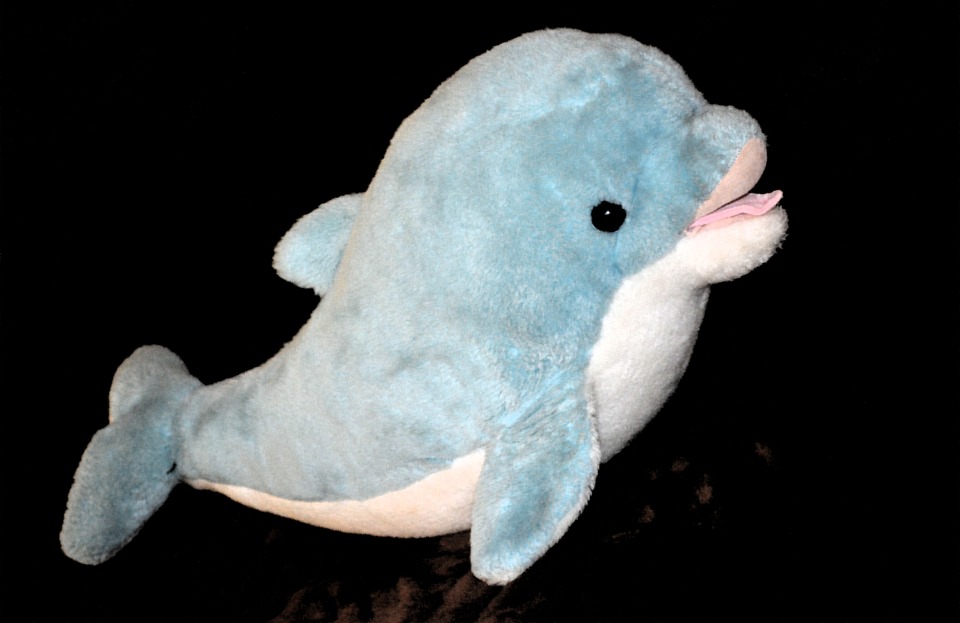Keeping a fish tank healthy requires careful attention and care. One of the most common challenges that fish owners face is dealing with internal parasites. These tiny organisms can cause serious health issues for your fish if left untreated. In this comprehensive guide, we will explore the different types of internal parasites that can affect fish, how to assess if your fish is infected, and effective treatment options to restore your fish’s health.
Internal parasites encompass a wide range of organisms that can infect fish. Understanding the different types will help you identify and treat the specific infection your fish may be experiencing. Some common internal parasites found in fish include protozoan parasites such as Ichthyophthirius multifiliis (Ich), Cryptocaryon irritans (Marine Ich), Trichodina spp., and Costia spp. There are also worms like nematodes (roundworms), trematodes (flukes), and cestodes (tapeworms). Crustacean parasites such as Argulus spp. (fish lice) and Lernaea spp. (anchor worms) can also infect fish.
Early detection and assessment are crucial for successful treatment of internal parasite infections. Some signs to look out for when assessing internal parasite infections include behavioral changes like lethargy, loss of appetite, and erratic swimming patterns. Physical symptoms may include faded or discolored skin, frayed or clamped fins, and visible parasites on the fish’s body. Examination of feces may reveal the presence of white, stringy, or abnormal feces. Skin and gill scraping can be done for microscopic examination to identify parasites.
Once you have identified an internal parasite infection, prompt treatment is essential to prevent further health deterioration. Effective treatment options include using anti-parasitic medications specific to the type of parasite and following dosage instructions carefully. Increasing water quality through regular water changes to remove parasites and waste, as well as ensuring optimal water parameters for fish health, is also important. Quarantining infected fish to prevent the spread of parasites and monitoring and treating them separately can be effective as well.
Some frequently asked questions about understanding and treating internal parasite infections in fish include whether fish tank diseases can be prevented. While it is challenging to completely prevent fish tank diseases, maintaining clean water, providing a balanced diet, and avoiding introducing infected fish can greatly reduce the risk. The duration of treatment for internal parasite infections depends on the type and severity of the infection and can range from a few days to several weeks. Natural remedies can be used as a supplementary treatment, but it’s best to consult a veterinarian or fish health professional for appropriate treatment options. Regular observation of fish behavior, physical appearance, and feces is recommended, along with routine skin and gill scrapings, especially when introducing new fish to your tank.
In conclusion, understanding fish tank diseases, specifically internal parasite infections, is crucial for maintaining the health and well-being of your fish. By learning about the different types of parasites, assessing infections, and utilizing effective treatment options, you can ensure a thriving aquatic environment for your beloved fish. Stay vigilant, provide proper care, and consult professionals when needed to keep your fish tank disease-free.









